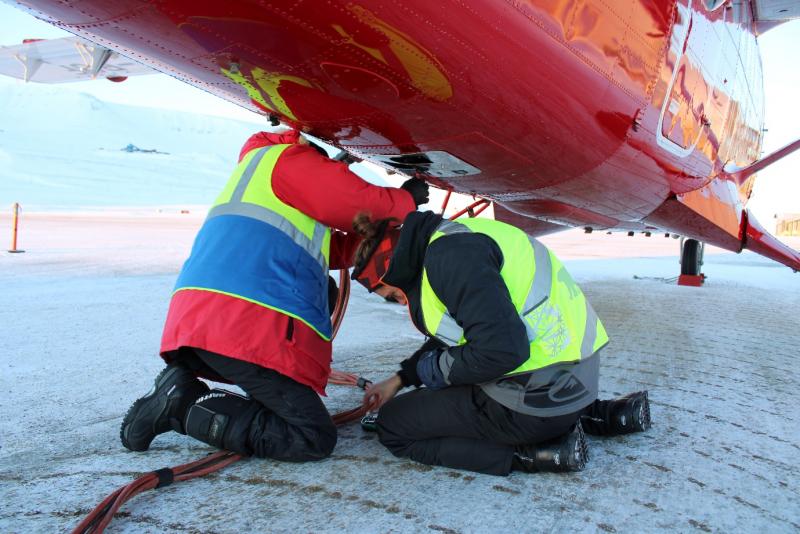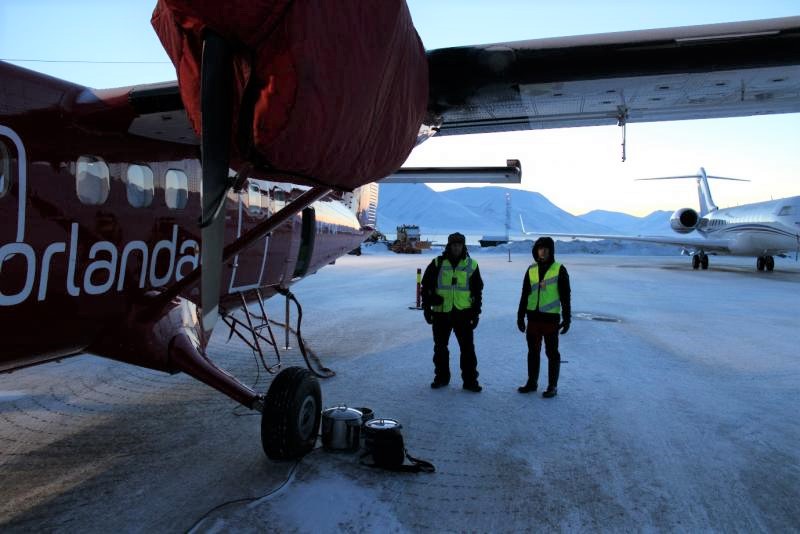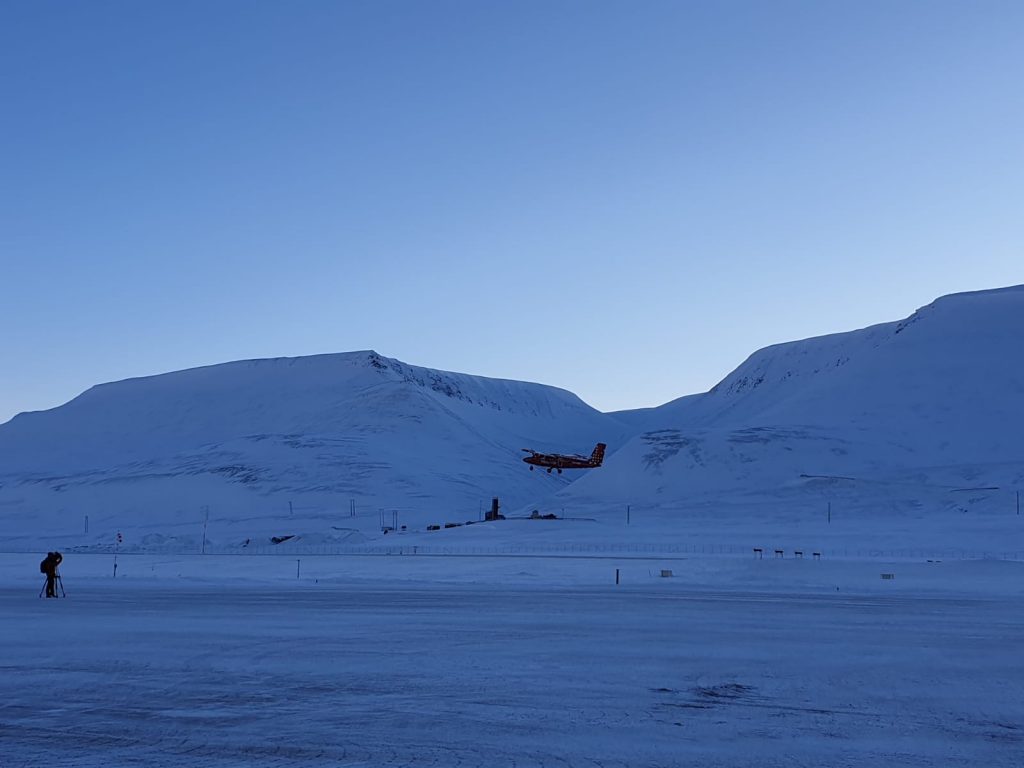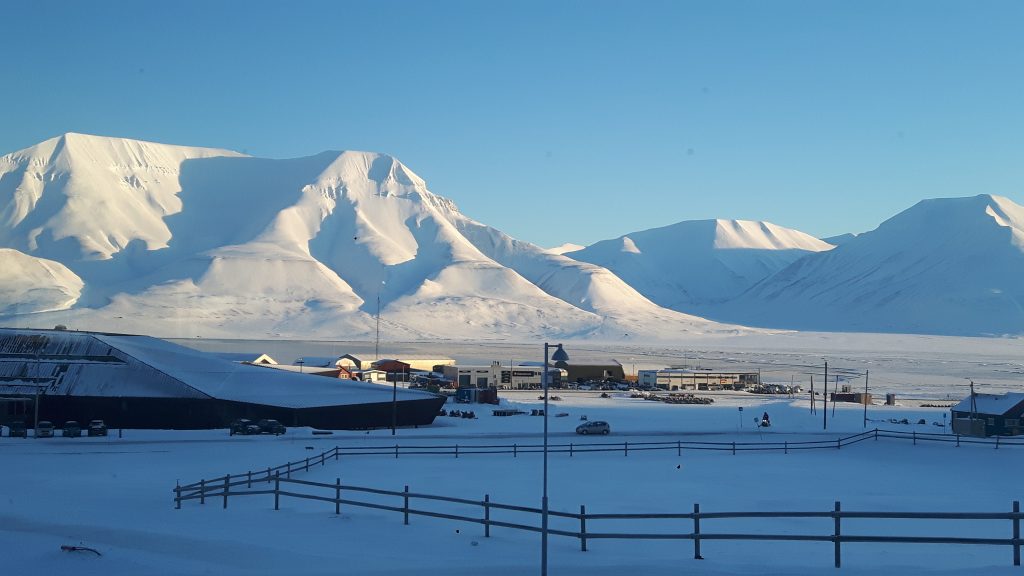The current CIMRex field campaign in the Arctic just shows how developing a new satellite doesn’t just involve scientists and engineers working out equations and doing experiments in the comfort of an office or cleanroom – it also involves some pretty uncomfortable field work in extreme temperatures.

Ground work. (Harp Tech)
As part of the development phase of the Copernicus Imaging Microwave Radiometer, CIMR, mission – one of six candidate missions for Copernicus, scientists have been on their hands and knees scraping the ice off an aircraft and instruments in Svalbard.
The aim is to collect data that will help develop new algorithms for sea-ice concentration and sea-surface temperature – CIMR’s core business.
But with temperatures below –20°C it’s tough.

Gearing up. (Aalto University-S. Nyman)
“We had planned for the cold and brought warming pads, toe and hand warmers that skiers use. Unfortunately, we had not anticipated that the chemical process that creates the heat in the pads would not begin when the temperature are below –18C°,” said Andreas Stockholm from DTU Space.

Icy instrument. (Harp Tech-S. Salo)
“To solve this, we had unscrew the cameras off the extremely cold metal plate using our bare hands and then put the camera inside our jackets to warm them with body heat.
“I only had cold toes and fingers at this point, my body was warm, that was until I pressed the –25°C cold camera up against my chest. It was like my body heat was being sucked away into a cold black hole!
Despite all of this, cloud cover meant that the team was unable to fly that day.
“To get good data from the sea ice, our instruments need to be around 300 m high. There was thick cloud cover and even though our instruments would not be affected, the pilots were not able to fly safely through.”

Taking off for CIMR. (ESA-K. Brennan-Wessels)
Nevertheless, yesterday the weather cleared and the team could fly and take these important measurements.
Tânia Casal, ESA Campaign Coordinator, said, “Thanks to amazing weather yesterday we had clear skies, though still very cold. We were able to make two long flights.
“The Hutrad2.0 instrument is behaving really well!”

Svalbard. (ESA-T. Casal)








Discussion: no comments